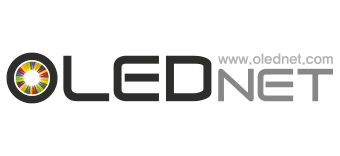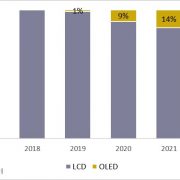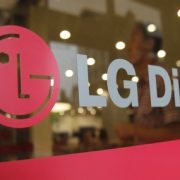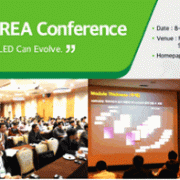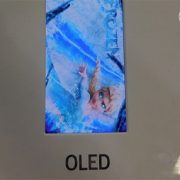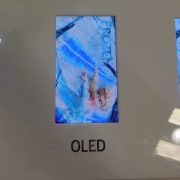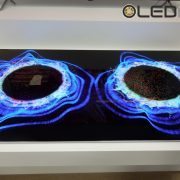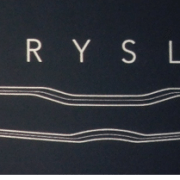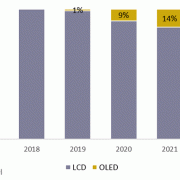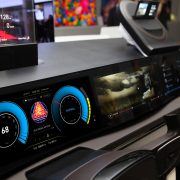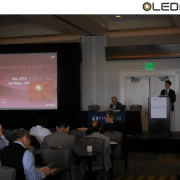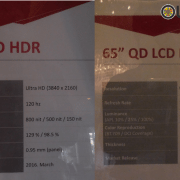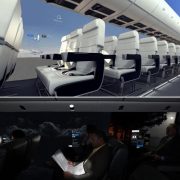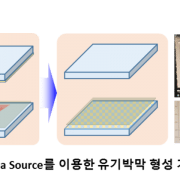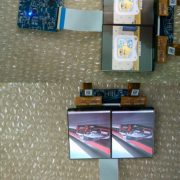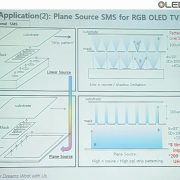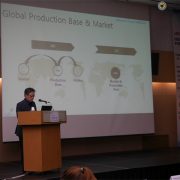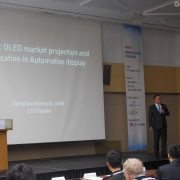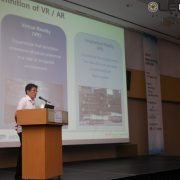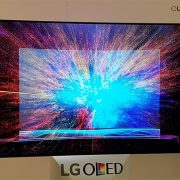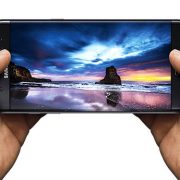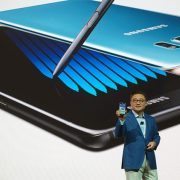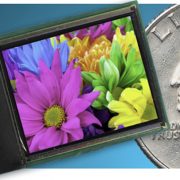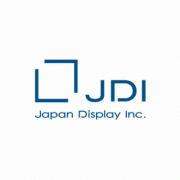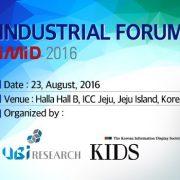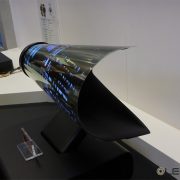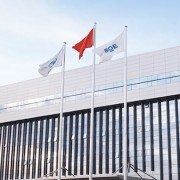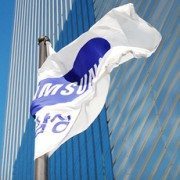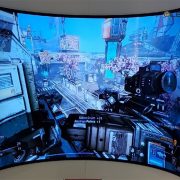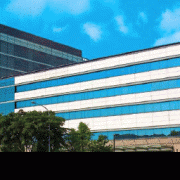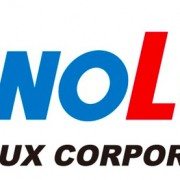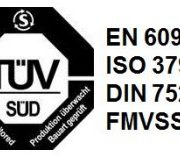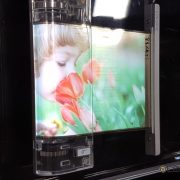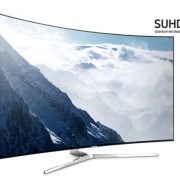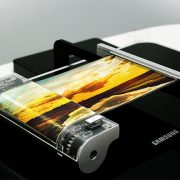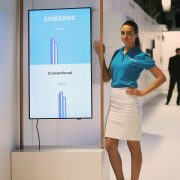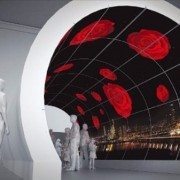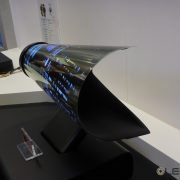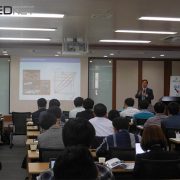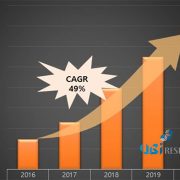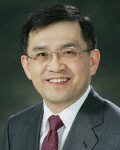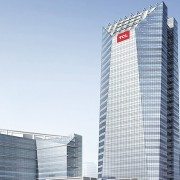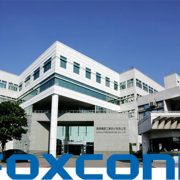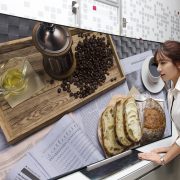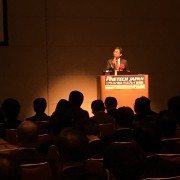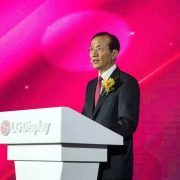Sensational Self-driving Cars and OLED Display in 2017
Institute for Information & Communications Technology Promotion(IITP) has selected and announced the next-year top 10 issues of ICT(Information & Communication Technology) since 2008, and selected automotive issues including self-driving and connected cars among top 10 ICT issues in 2017.
A self-driving car is a vehicle that is capable of sensing its environment and surroundings and driving along a planned path, and a connected car is a car that is usually connected with a network due to its convergence with IT technology. Apple’s CarPlay and Google’s Android Auto are representative.
An autonomous car currently under development puts more importance on the display that can provide necessary information in time because information is increasingly diversifying and complex. With the higher availability of interior space in the not partial but full self-driving age, the utilization of display that can support a driver’s various secondary activities is expected to increase.
In addition, as smart devices and network have advanced, a connected car is expected to use media contents streaming and various application services through display including in-vehicle CID(Center Information Display). And, it will be a connected device that connects a driver-car-house through display that provides wireless communication service and information.
Accordingly, many panel companies including LG Display are developing automotive displays, and automobile companies also try to apply different displays in order to differentiate from other companies and highlight merchantable quality. Especially, they are actively considering flexible displays because it is difficult to use the large area of flat displays with curved surface in cluster and CID, and therefore OLED display with good design availability is receiving attention.
AMOLED panel has the advantages of rapid response speed and high visibility based on wide viewing angle, high color reproduction rate and contrast range. And, its flexible design is so easy that it is applicable regardless of location, thereby attracting automobile companies. But, its short lifespan remains a current issue, and panel companies are carrying out development for performance improvement such as better lifespan, service temperature, and brightness.

<Market Share Forecast of Displays in the Automotive Display Market, 2017~2022>
Meanwhile, according to “Automotive Display Report – application & market trend analysis and the market forecast” published by UBI Research, OLED pane is expected to be applied to automotive cluster or CID beginning in 2018, and the automotive display market is likely to increase about 17% annually on average and will reach about US$ 25,000 million by 2022. Also, it forecasted that the AMOLED panel market will account for about 20% of the total sales.
